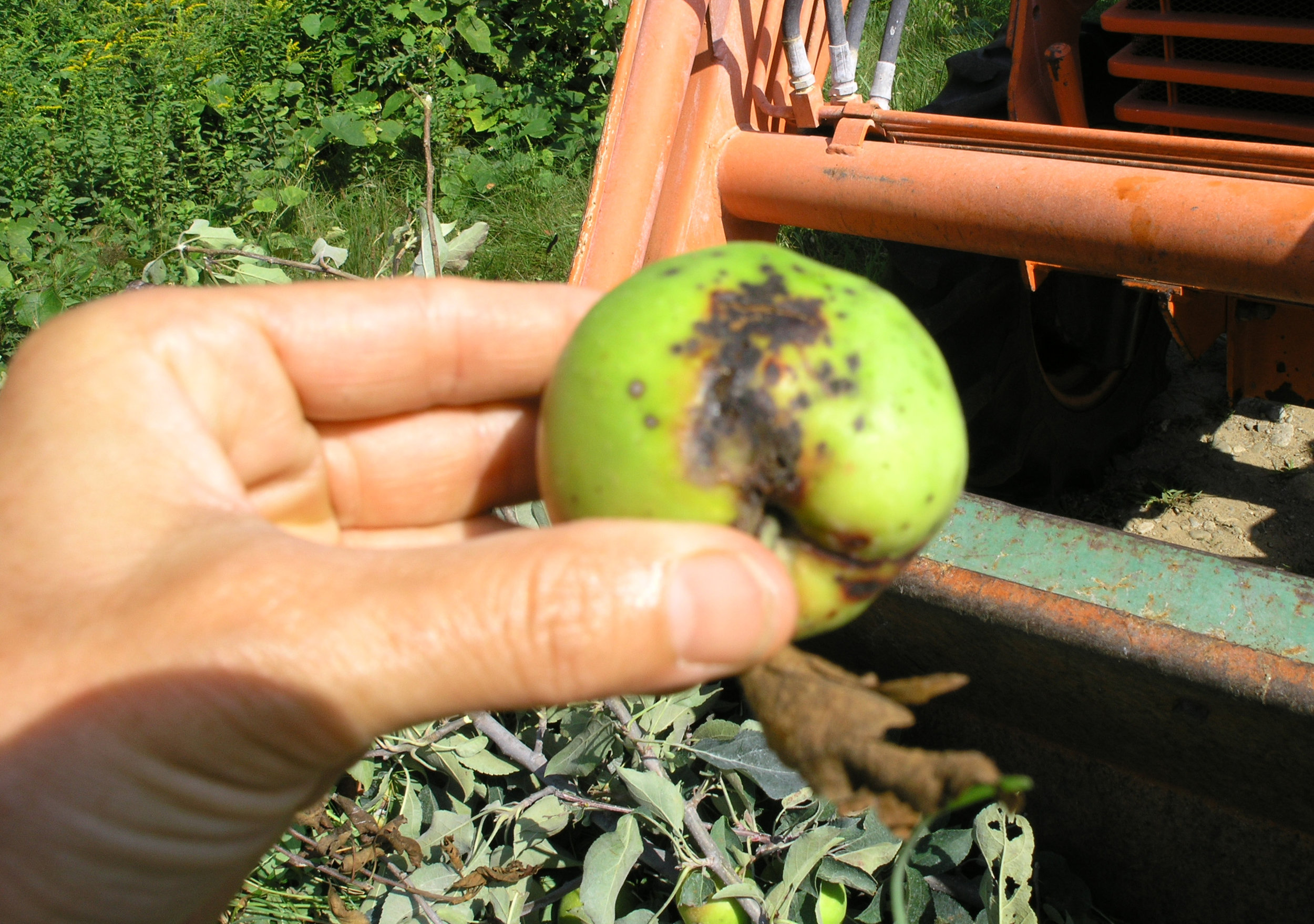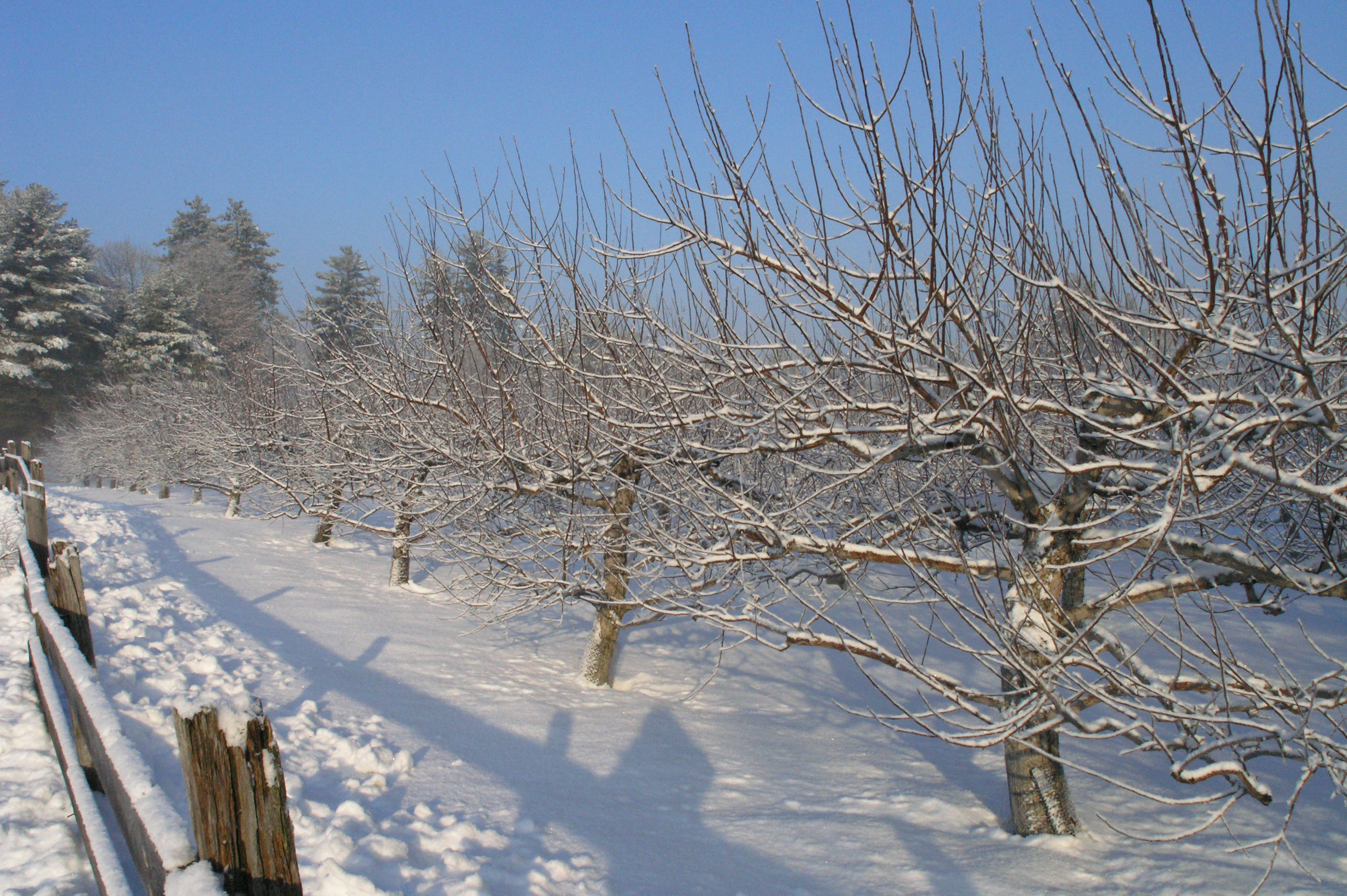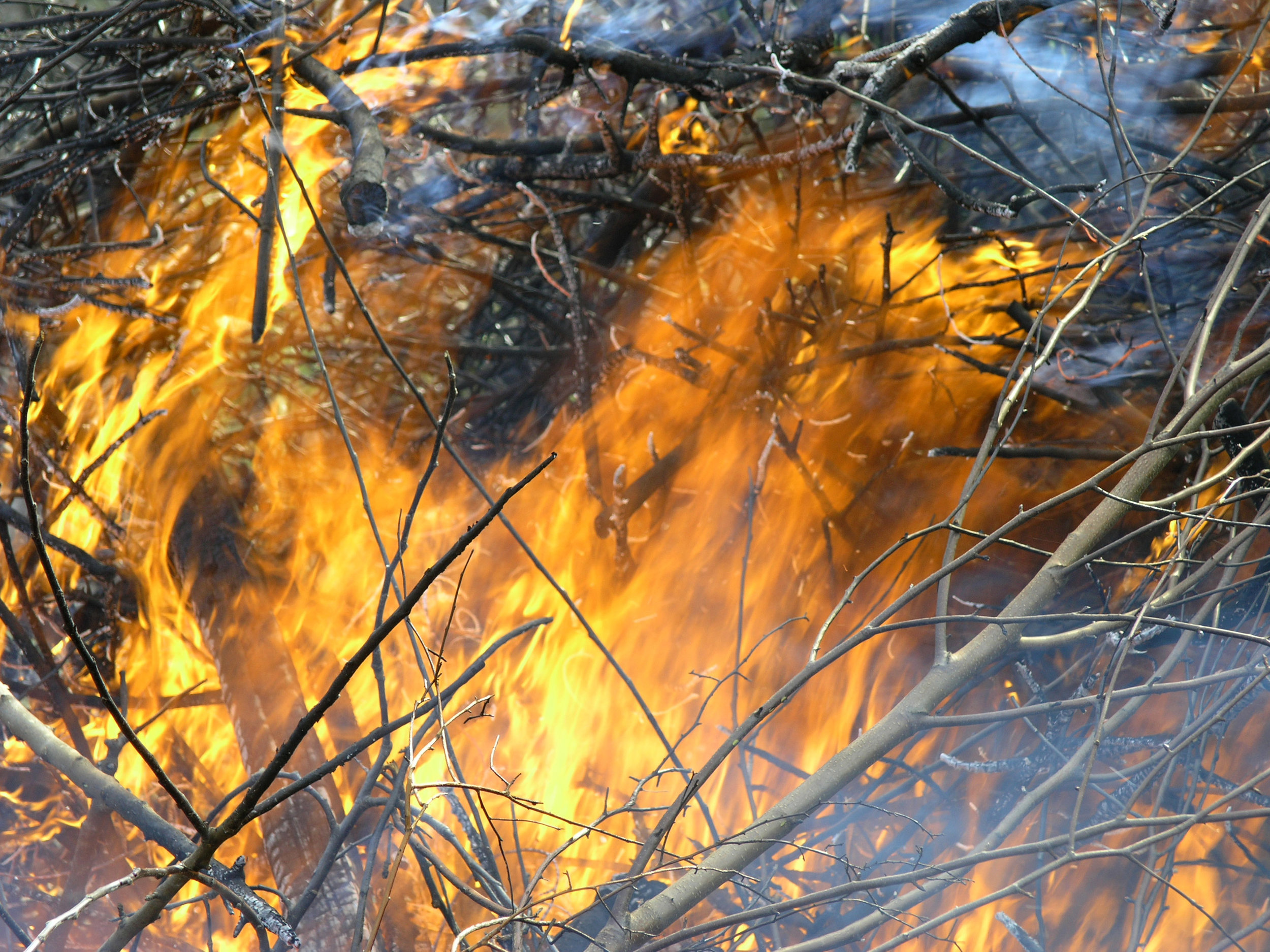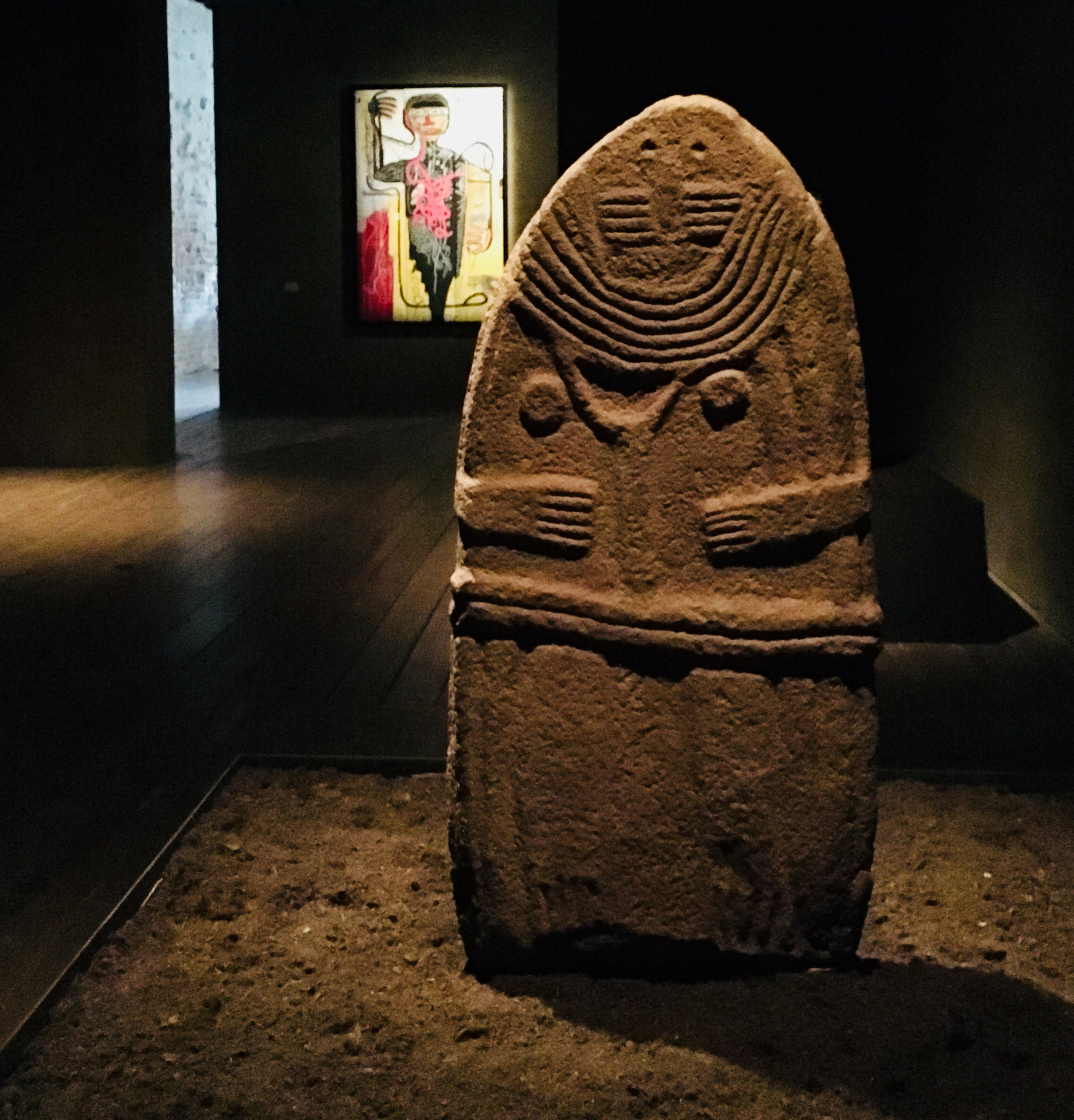I went to sleep not having written a blog and this dream woke me . . .
I was in a room and it was time. My mind was clear and present. I agreed to have the injection that would end my life. But when a tall man with a black suit and white shirt arrived with a syringe ready to plunge the needle through my skin, I freaked. “No! No, no!” I shouted as I pulled away. He was determined and latched on, but I was thrashing wildly and ripped free of his grip. I would not give in easily, I wanted to live.
With every particle of my being, I fought back. Then I said, “Please, if I am to die now, I must tell my Zen teacher and community.” He agreed to let me go make a phone call if afterwards I would return for the needle.
I ran out of the room, ran as far and as fast I could. I was on the lam. Up and over bridges, staircases, down alleys, and across lonely boulevards. In an area with small shops I saw some boxes of biscuits and thought of snatching one, but resisted.
Then I saw my daughter. I called, “Ariel!” and again, “Ariel, come with me, please!”
She came over, I grabbed her hand, and we sprinted until we arrived on a grassy plateau. I was about to tell her what was happening when the tall man with the black suit and white shirt arrived waving the syringe. He grabbed my arm and said, “You will not escape me, now!” He jerked my right hand towards his body to plunge the needle into my wrist. He injected the fluid with great glee and strode away. But I had seen the needle catch on my sweater’s knitted cuff, the poison had not entered my body.
I had outsmarted death. I didn’t know how many more times I would be able to avoid him, but I secretly hoped for nine lives like a cat — and that when the ninth time came — I would be ready. I want no regrets, I want to go with grace.
You might wonder why such a strong dream at this turning of the year. A few days ago, I had breakfast with a friend who lost her partner to a re-occurrence of breast cancer. I have a friend struggling with depression, another paralyzed by the political turmoil in the world, and another beside herself with grief because of the destruction of the natural world. Many of us carry serious fear, and even terror.
Confucius told his followers, 'Bring peace to the old, have trust in your friends, and cherish the young.' And he lived during turbulent times. The message I received in my dream is to live life to the fullest. I am grateful for my Zen Mountain Monastery community who helped me survive in my dream as they have through difficult times. I am grateful for my daughter who brought her angelic presence to the dream as she so often does in daily life.
Ariel and I on a Hike, Selfie, 2016
Dreams have a lot to offer us. I tried to go deeper into sensing this ‘being alive’. I felt each thing awake — the singular blade of grass, the snowflake, the pink salmon. We shape the world with what we do, what we see, and what we think. Mind is what I cherish because it connects us all — each person born and unborn — each tree and star. And just maybe, the poison to my body had no effect because it will never have power over mind.
I wish you happiness and well-being in the coming year!
May you receive and offer gifts of kindness, generosity, and creativity.
Many Hands Blessing Earth
Happy New Year 2018








